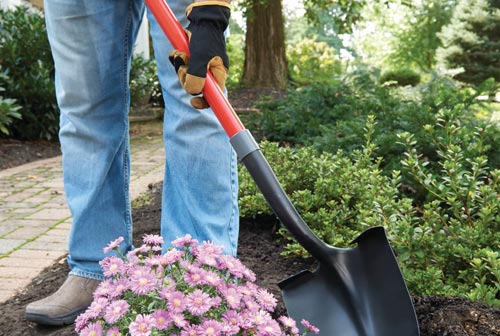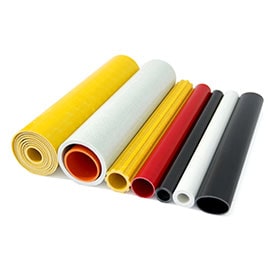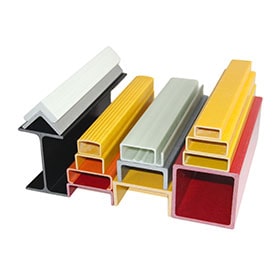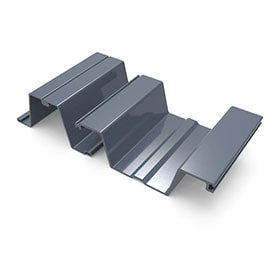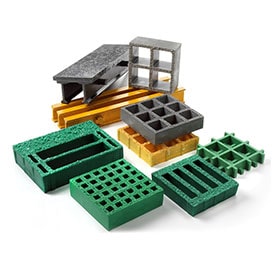Fiberglass and wood are two common materials used for tool handles, each with its own set of advantages and disadvantages. Let's compare them:
Fiberglass Tool Handles:
Durability: Fiberglass handles are known for their exceptional durability. They are resistant to weathering, chemicals, and moisture, which makes them suitable for use in various environments, including outdoor and industrial settings.
Strength: Fiberglass handles are typically stronger than wood handles. They can withstand heavy impacts and loads without breaking or splintering, making them ideal for heavy-duty tools.
Lightweight: Fiberglass handles are relatively lightweight compared to wood, which can reduce fatigue during prolonged use. This makes them preferred for tools that require repetitive or continuous use.
Non-conductive: Fiberglass is non-conductive, meaning it does not conduct electricity. This property makes fiberglass handles safer for use with electrical tools or in environments where electrical hazards are present.
Maintenance: Fiberglass handles require minimal maintenance. They do not warp, rot, or decay like wood, and they are easy to clean.
Cost: Fiberglass handles can be more expensive initially compared to wood handles, but their durability and longevity may offset this higher upfront cost in the long run.
Wood Tool Handles:

Wood tool handles
Natural Feel: Wood handles often provide a more natural and comfortable grip compared to fiberglass. Many users prefer the tactile sensation and warmth of wood.
Shock Absorption: Wood has some natural shock-absorbing properties, which can reduce the transmission of impact vibrations to the user's hands. This can be beneficial for tools used for prolonged periods.
Repairable: Wood handles are relatively easy to repair if they become damaged. Minor dents, scratches, or cracks can often be fixed with sanding and refinishing.
Aesthetics: Wood handles can be more aesthetically pleasing to some users, adding a traditional or rustic look to the tool.
Biodegradable: Wood handles are environmentally friendly as they are biodegradable and renewable, unlike fiberglass, which is a synthetic material.
Weight: While wood handles can provide good balance and feel, they may be heavier than fiberglass handles, which could lead to increased fatigue during extended use.
In summary, fiberglass handles offer superior durability, strength, and resistance to environmental factors, while wood handles provide a more natural feel, shock absorption, and repairability. The choice between the two materials depends on factors such as the specific application, user preferences, and budget considerations.
 +86-15303735673
+86-15303735673 Jessica@frpzs.com
Jessica@frpzs.com
 Technical Data
Technical Data


